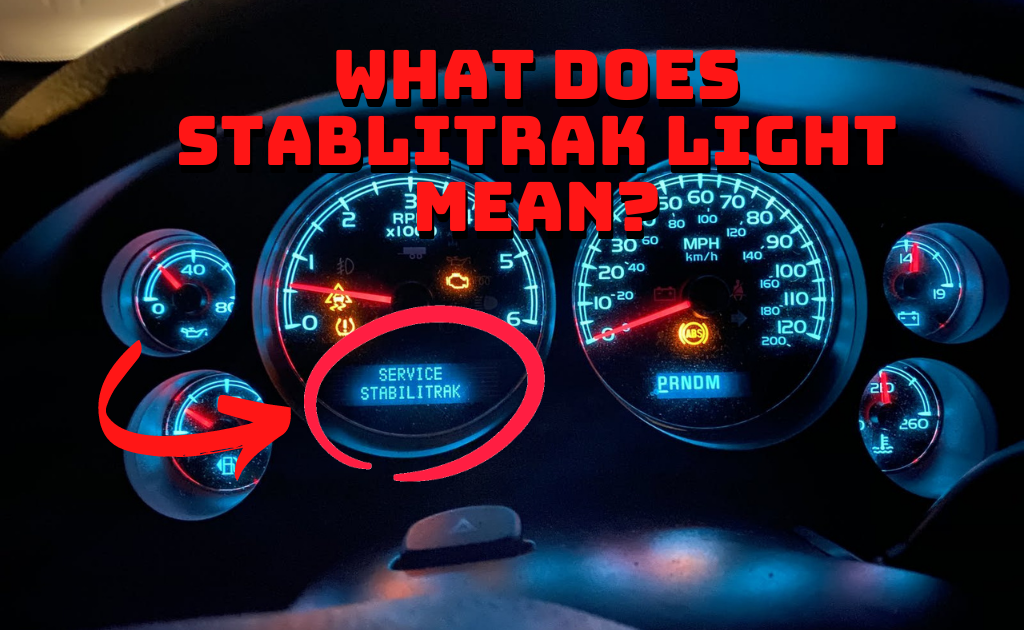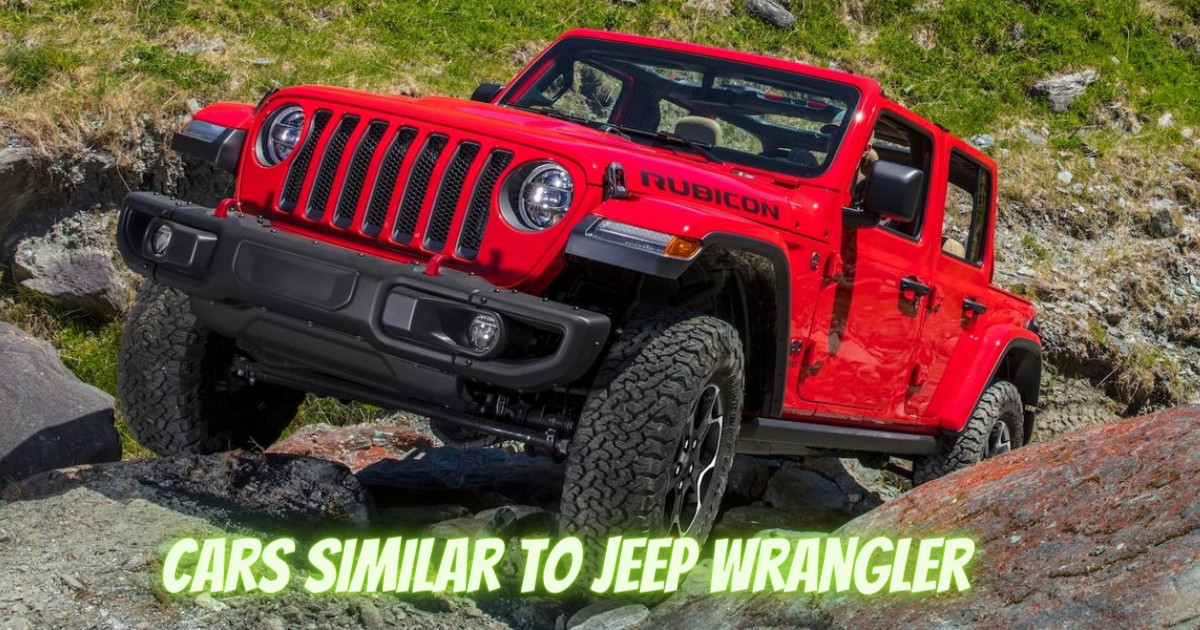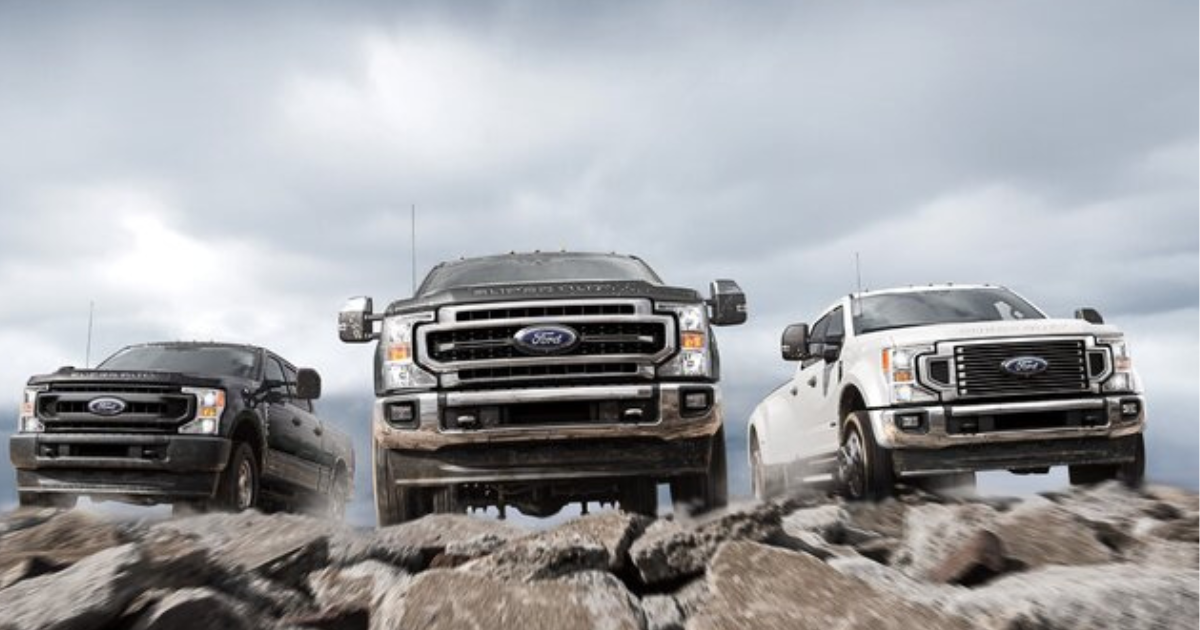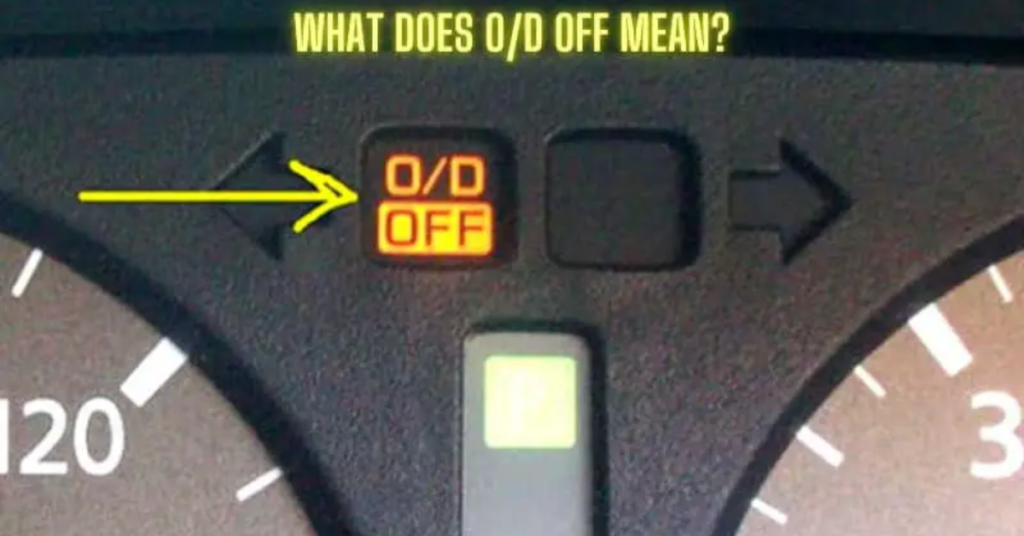
The term “overdrive,” often spelled “O/D,” is frequently used to describe an additional gear in car gearboxes that enables an engine to run at a lower RPM while maintaining a higher speed. It is often the transmission’s highest gear and helps reduce engine wear and noise while providing a more fuel-efficient driving experience.
Even though most modern cars have automatic overdrive engagement, certain vehicles may feature a button or switch on the gear change lever that allows the driver to manually engage or disable the overdrive mode. Let’s lighten the development and effectiveness of o/d features in cars!
Older Cars With O/D

Although less common than in recent versions, overdrive may be found in certain vintage vehicles. Overdrive was first created in the 1930s to increase fuel economy, but it was in the 1970s and 1980s, when pollution rules tightened, that it was extensively used.
However, in older vehicles, such as those without an automatic transmission, the driver must enter overdrive by hand using a switch or button near the gear shifter. It may be necessary for the driver to manually shift into overdrive in cars with an older gearbox and a separate overdrive unit attached to the back of the transmission.
O/D In Modern Cars
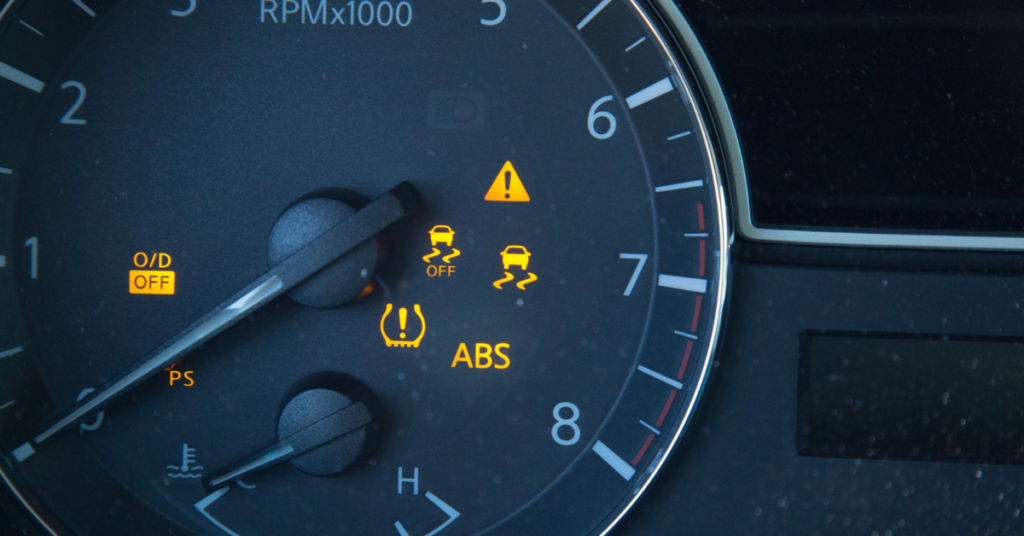
The fourth gear on a six-speed car is the direct ratio, while the fifth and sixth are overdrive. These ratios reduce the engine’s RPM, improving fuel efficiency and providing a smoother ride on the highway.
When calculating the total transmission ratio, the final balance must be considered. Therefore, one must consider the transmission’s final ratio when calculating the engine-to-wheel ratio. This caution should be considered when discussing a car’s gearbox ratio.
Effective Uses Of O/D
Overdrive is a useful feature in various situations! Here are some examples:
1. Driving On The Highway

On highways and byways, overdrive should be used at cruising speeds. Additionally, overdrive’s fuel-saving advantages are most noticeable over longer distances. At highway speeds, the gearbox’s overdrive (O/D) gear comes in quite handy.
O/D shifts the transmission gear to a higher gear ratio to maintain the same rate while lowering the engine RPM. Lower engine speed improves fuel economy, prolongs engine life, and makes driving the car quieter and more enjoyable.
O/D may boost the engine’s torque output, which improves acceleration and overall performance. When towing a heavy load or ascending a steep incline, O/D should be switched off to save additional engine wear and tear.
2. Driving On Hilly And Twisty Areas

Overdrive (O/D) may not be as helpful on hilly or winding roads as on the highway, and it might put extra wear and tear on the gearbox by requiring it to shift more often. Therefore, turning off the overdrive mode and moving down to a lower gear will provide you more control and lessen the strain on the engine.
Driving at a slower pace in hilly or winding areas is safer and more pleasurable since this increases grip and stability while traveling uphill or downhill, making navigating twists and turns less of a challenge.
3. Driving In Urban Areas

Depending on the situation, using overdrive (O/D) when driving in cities may not permanently save petrol. With O/D enabled, the transmission might get worn down from prolonged use or frequent pauses. O/D may improve fuel economy and reduce engine wear on expressways and other major roads with regular traffic.
The engine and gearbox are placed under needless strain while traveling uphill or towing a heavy load. Thus O/D should be turned off in these circumstances. For O/D to be successful in urban environments, caution and certain driving conditions must be satisfied.
4. Towing The Vehicle
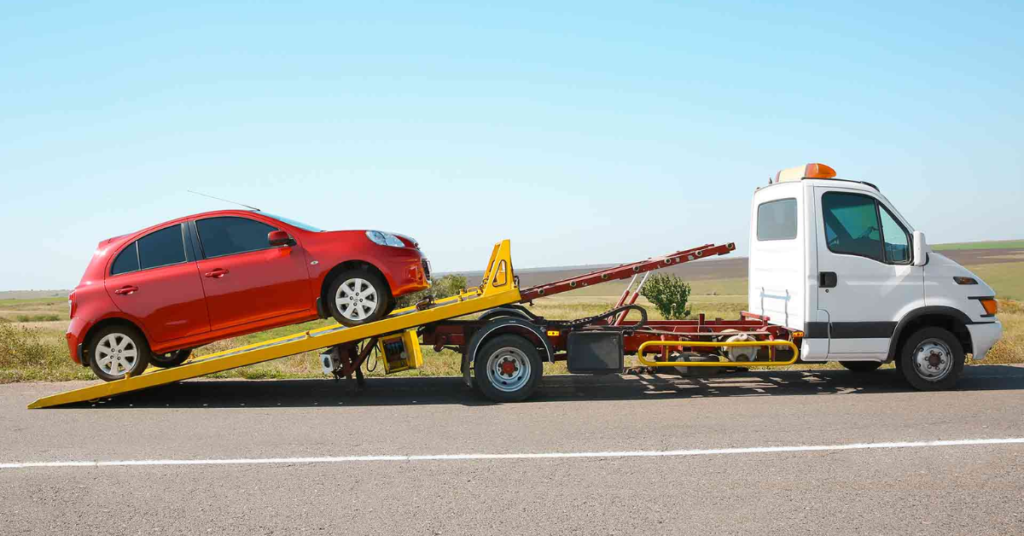
Overdrive should often be turned off while pulling a trailer! Since overdrive (O/D) puts extra strain on the transmission and engine, it should be avoided while towing a vehicle. O/D may be more economical at high speeds, but more horsepower and torque are required to draw a heavy load.
Switching between O and D might cause unnecessary wear and tear or damage. Towing requires a lower gear and the activation of O/D. Increasing the engine’s revolutions per minute (RPM) increases power and torque and decreases transmission wear.
The gearbox and engine must also be protected from harm by maintaining a safe pace and avoiding abrupt acceleration or stopping when towing. The gearbox and engine of the car will last longer if these safety measures are followed when pulling.
O/D In Manual Transmission Cars
In a manual transmission automobile, the clutch and stick shifter are used to engage overdrive (top gear). There are key distinctions to remember when comparing the O/D of an automatic transmission vehicle’s O/D to a manual gearbox vehicle. In manual transmission vehicles, the fifth gear is the O/D because its larger gear ratio helps the engine to keep the same speed at lower RPMs.
The decision to use O/D is more flexible for the driver while operating a vehicle with a manual transmission. Monitoring engine speed and load is vital when choosing whether or not to employ O/D. If O/D is activated too early or too late, engine and gearbox wear may accelerate.
O/D In CVTs
Unlike standard automatic and manual gearboxes, CVTs are not equipped with overdrive gear. They use a pulley system that gives a constantly changeable gear ratio to achieve the most economical engine speed under every driving circumstance.
CVTs are developed so drivers can enjoy a comfortable and economical ride without worrying about constantly changing gears. At higher speeds, the engine revs less, and the gear ratio stays the same in certain new CVTs thanks to an “overdrive” mode that adjusts the pulley system.
CVTs are intended to provide a smooth and efficient ride without frequent gear changes. However, some recent CVTs have an “overdrive” option that modifies the pulley system to maintain a higher gear ratio at faster speeds while keeping the engine RPMs constant.
FAQs
1. Should I drive with overdrive on or off in the city?
Almost always, it is a good idea to employ overdrive when driving since it has several impressive advantages, including less fuel consumption, increased engine longevity, reduced noise generation, and many more.
2. How do I reset my overdrive light?
There should be a button on the side of the gearshift that you may press to disable the overdrive and choose the highest gear. If the overdrive indicator is blinking or flashing, however, pressing the button won’t help.
3. Is it ok to drive with OD off?
Driving with the overdrive switch-off has no adverse effects on the gearbox. When traveling at high speeds, it causes a worsening of fuel efficiency and an increase in noise levels. There is only a practical need to keep it off if you must drive up or down a steep slope. The overdrive function may be switched on or off at any speed or time.
4. What does the OD off warning light mean?
The O/D Off indicator will light up if the overdrive function is disabled. The gearbox will not be able to change into the highest gear if the overdrive indicator light is on, making it difficult to accelerate uphill or slow downhill.
5. Does overdrive make the car faster?
Even though a car usually runs in lower gears to provide more output and torque, the overdrive feature limits acceleration and maximum power. This causes the vehicle to be overheard or overdriven, which reduces peak speed and performance in favor of better fuel economy and a more comfortable driving experience.
Conclusion
Overdrive is a transmission option that improves fuel economy and lessens engine wear in various automatic and manual gearbox automobiles. Automatic gearboxes use O/D to provide a higher gear ratio, allowing the engine to run at lower RPM while maintaining speed.
In manual transmissions, the fifth gear has the most significant gear ratio. In contrast, CVTs use a pulley system to give a continually variable gear ratio rather than an overdrive gear.
Even while O/D provides benefits when cruising and in certain other driving circumstances, it should be used sparingly. In areas with heavy traffic or numerous starts and stops, it may cause more wear and tear on the engine and transmission. Similarly, turning off O/D is advised while towing a heavy load or climbing a steep slope to reduce stress on the engine and transmission.
In conclusion, the driving environment and the transmission system decide whether O/D is used appropriately. To properly engage or disengage O/D, paying attention to engine speed and load is crucial. By doing so, you’ll be able to keep the car under control and prevent damage.

